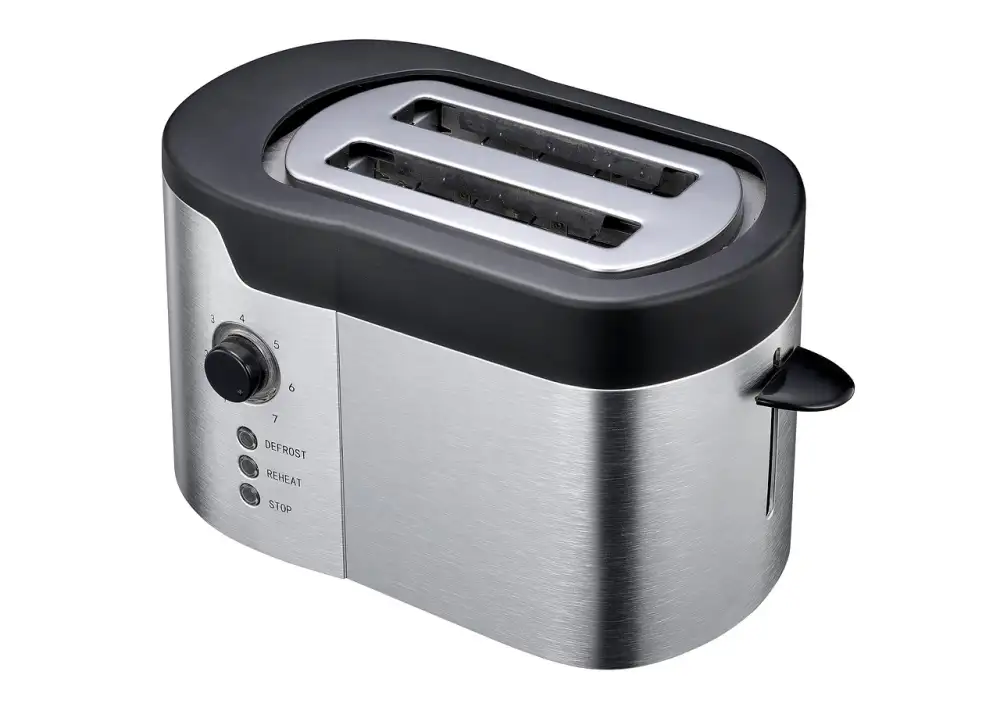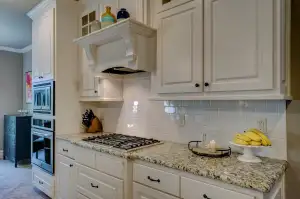Mastering Your Convection Oven: Essential Tips for Home Cooks

Convection ovens are a popular choice for home cooks due to their ability to cook food faster and more evenly than conventional ovens. The key difference lies in the circulation of hot air generated by a fan within the oven, which helps to distribute heat more uniformly around the food. This results in quicker cooking times and often better browning and crisping of foods. Understanding how to properly use a convection oven can greatly enhance your cooking experience and help you achieve professional-quality results at home.
Preheating the Convection Oven
Preheating your convection oven is a crucial step to ensure even cooking and optimal results. Unlike conventional ovens, convection ovens rely on the circulation of hot air to cook food efficiently. By preheating the oven to the recommended temperature before placing your dish inside, you allow the air to reach the desired heat level evenly throughout the oven cavity. This helps in achieving consistent cooking results and prevents unevenly cooked dishes. Most convection ovens require preheating for about 10-15 minutes before you start cooking to ensure that the internal temperature is stable and ready for your culinary creations.
Adjusting Cooking Time and Temperature
Adjusting cooking time and temperature is crucial when using a convection oven. As a general rule, you should lower the temperature by 25 degrees Fahrenheit compared to a traditional oven and reduce the cooking time by about 25%. This adjustment helps ensure that your food cooks evenly and thoroughly. It's also recommended to use shallow pans or baking sheets to allow hot air to circulate around the food more effectively. Keep an eye on your dishes as they cook to prevent overcooking in a convection oven.
Placement of Bakeware in the Oven
When using a convection oven, the placement of bakeware is crucial to ensure even cooking. For optimal results, it's recommended to leave enough space between pans for proper air circulation. Avoid overcrowding the oven as this can block the airflow and lead to unevenly cooked dishes. Place lighter colored pans on higher racks to prevent excessive browning on the bottom of your food. Additionally, always use oven-safe bakeware that can withstand the high temperatures of a convection oven for safe and effective cooking.
Monitoring Food for Even Cooking
When using a convection oven, it is essential to monitor your food for even cooking. The circulating hot air in the oven can sometimes cause certain areas of the food to cook faster than others. To ensure even cooking, rotate your bakeware halfway through the cooking process. This simple step will help to distribute the heat evenly and prevent any unevenly cooked spots on your dish. Additionally, use an oven-safe thermometer to check the internal temperature of meats and casseroles to guarantee that they are thoroughly cooked. By monitoring your food throughout the cooking process, you can achieve perfectly cooked dishes every time.
Cleaning and Maintenance Tips
Cleaning and maintaining your convection oven is essential to ensure its longevity and optimal performance. Start by allowing the oven to cool completely before cleaning. Remove any crumbs or food debris from the interior using a damp cloth or sponge. For stubborn stains, create a paste using baking soda and water, apply it to the affected areas, and let it sit before wiping clean.
Regularly clean the oven racks by soaking them in warm, soapy water and scrubbing with a non-abrasive sponge. The exterior of the oven can be wiped down with a mild detergent and water solution. Avoid using harsh chemicals or abrasive cleaners that can damage the oven's finish.
To maintain proper airflow and heating efficiency, check the oven's fan for any obstructions regularly. If you notice any issues with the fan or heating elements, contact a professional technician for repairs. By following these cleaning and maintenance tips, you can keep your convection oven in top condition for years to come.
Safety Precautions to Keep in Mind
1. Always use oven mitts or heat-resistant gloves when handling hot bakeware or trays from the convection oven to prevent burns.
2. Avoid overcrowding the oven with too many dishes as it can obstruct proper airflow and affect cooking results.
3. Be cautious when opening the oven door during cooking to prevent steam burns. Stand back and open it slowly to allow steam to escape safely.
4. Use caution when removing food from the oven as hot air and steam can cause burns. Allow dishes to cool slightly before handling.
5. Keep children and pets away from the convection oven while it is in use to prevent accidents.
6. Regularly check the power cord for any signs of damage or wear and tear, and always unplug the oven when not in use.
7. Follow manufacturer's instructions for cleaning and maintenance to ensure safe operation of your convection oven.
By following these safety precautions, you can enjoy using your convection oven efficiently while keeping yourself and your loved ones safe from potential hazards.
Published: 22. 03. 2024
Category: Home



